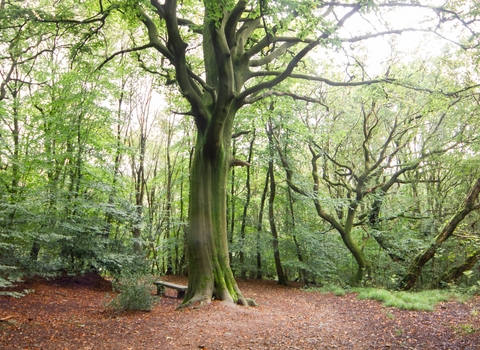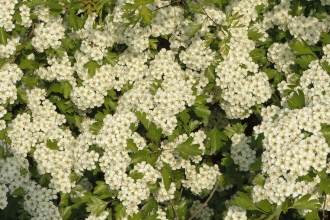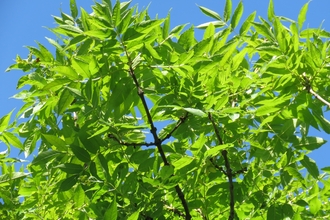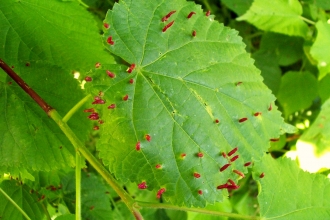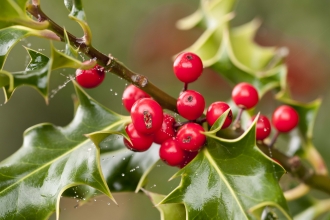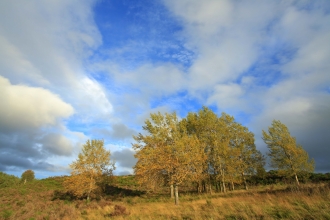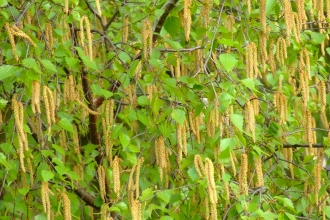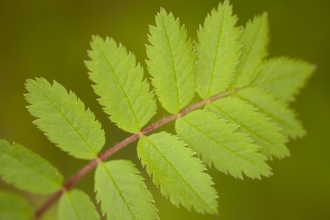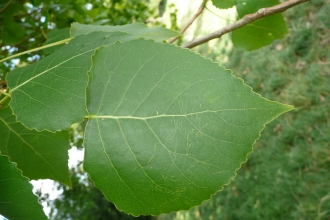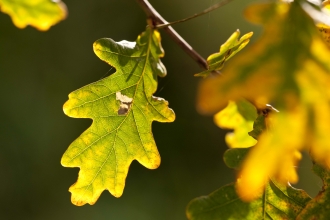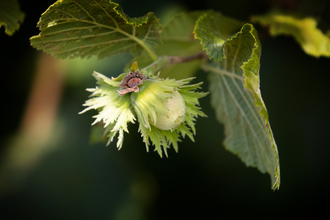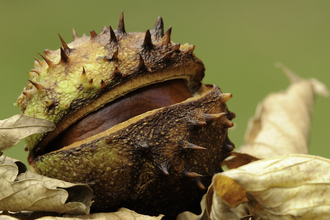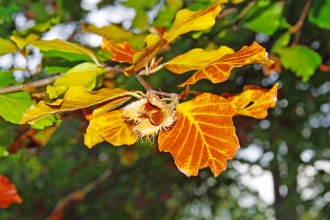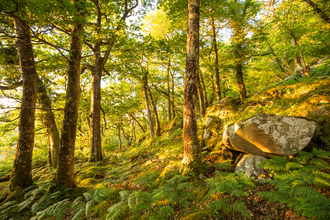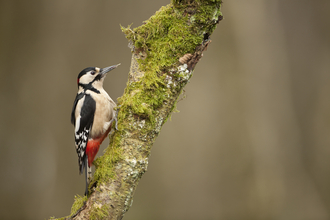Get back to your roots with a self-guided nature trail for all ages!
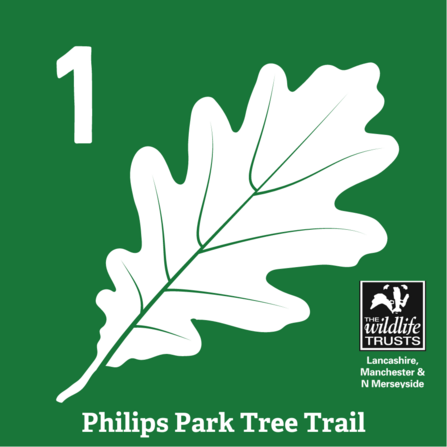
Enjoy a blissful circular walk through ancient woodland at Philips Park Local Nature Reserve, and learn all about different tree species along the way.
Guided by frequent waymarkers (opposite) and our Tree Trail map, make your way along the woodland trail, find the oak leaf signs and scan the QR codes to learn more about each tree. Or, if QR codes aren’t your thing, download our Tree Trail leaflet.
Open your Tree Trail leaflet in your browser by clicking the button below.
Download the Tree Trail leaflet
Alternatively, fill in your details below to subscribe to our mailing list. You'll receive your Tree Trail leaflet straight to your inbox, as well as all the information you need about Philips Park ahead of your visit. We'll also keep you updated on all the latest news, events and wildlife highlights from around the Trust.
By signing up to our mailing list you are opting in to receive emails about events, local wildlife, campaigns, appeals and our further work. We respect your privacy and will never sell your details, and you may change your preferences at any time. For more information about how we use your data please click here, and if you have any questions, please call 01772 324129 or email info@lancswt.org.uk.
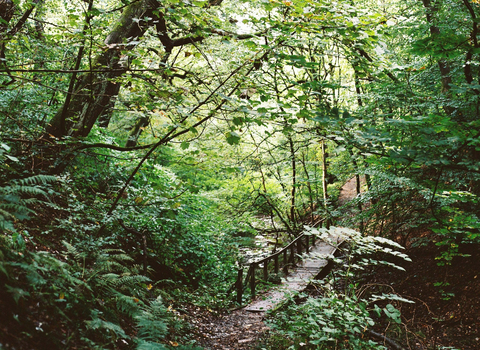
Photo by Tristan Poyser
Know before you go
You'll need 45 –60 minutes to complete this 2km walk.
Sensible footwear is recommended as the footpath can get muddy in wet weather and the gradient is steep in places.
Accessibility: This trail is not suitable for those with limited mobility or prams.
Parking at Philips Park is free and there is a picnic area and children's play area at the start of the trail. There are bins at the car park but no toilets on-site.
Dogs are welcome - please pick up after your dog and use the bins provided at the car park for any waste.
Wood you beleaf that oak trees support more wildlife than any other UK tree? Up to 2,300 different species!
Woodland ecology
Woodlands are incredible, structurally diverse and species-rich habitats. They support a huge range of wildlife, including more invertebrates than any other habitat!
Woodland cover has decreased dramatically over the last few centuries, reaching an all-time low of 5 per cent in the UK at the beginning of the 20th century. Woodland now covers around 12 per cent of the UK. More tree planting is on the horizon as we turn over a new leaf and rediscover the value of woodlands to mitigate the effects of climate change, biodiversity loss, and recreational use.
Canopy
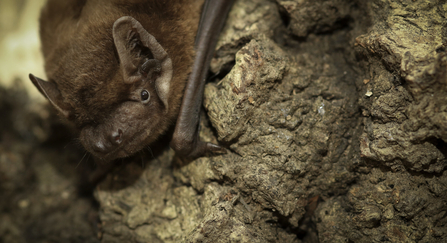
WildNet - Tom Marshall
Woodlands consist of several different ‘layers’ and microhabitats. The most apparent woodland layer is the canopy, made up of taller tree species, for example: oak, ash and lime. The mature trees of the canopy receive the majority of the sunlight hitting the woodland, and their leaves cast shade on everything growing beneath them. When a mature tree dies or falls, a gap opens in the canopy, helping the trees below gain access to much more sunlight. This creates a battle for succession in these bright clearings as other trees mature and attempt to claim a space in the canopy.
The canopy layer provides a home for tree dwellers such as buzzards and bats. The leaves of the trees are also a food source for a number of invertebrates, like the caterpillars of the winter moth.
Understorey
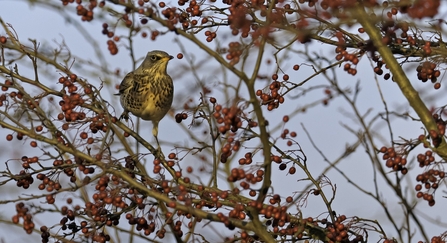
Fieldfare (Turdus pilaris) feeding on berries in hawthorn hedge in Cambridgeshire. January 2012. - Chris Gomersall/2020VISION
Next is the understorey, or shrub layer, containing smaller, younger trees and shrubs like hazel, holly and willow. Trees in the understorey are likely to branch out and grow in a wide, spreading fashion to catch as much light filtering through the canopy as possible. The understorey provides nesting and feeding opportunities for many birds and mammals. Invasive non-native species such as rhododendron are also found in the understory layer. They compete with native trees and shrubs and allow very little light to reach the next layer of the woodland.
Field layer
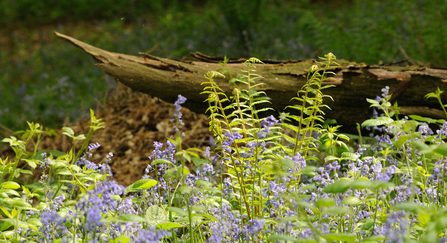
WildNet - Amy Lewis
The herb, or field layer, sits below the understorey and consists of ferns, grasses, sedges and herbaceous plants. The field layer of a woodland varies a great deal, depending on the type of woodland. You might have twigged that the field layer will be much more densely covered in plants, where the canopy and understorey allow more light to reach the forest floor. Grazing and invasive species also have an effect on the development of the field layer. Himalayan balsam is an invasive non-native species in the UK. Thanks to its explosive seed dispersal mechanism, it spreads rapidly and quickly dominates the woodland field layer, preventing native plants from accessing light and growing.
Ground layer
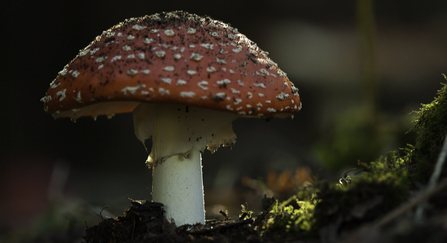
Fly Agaric (Amanita muscaria) fungi in a woodland, Bedfordshire, United Kingdom. September 2010. - Neil Aldridge
The final layer is the ground layer: the forest floor. This layer is made up of leaf litter, fungi, mosses, lichens and ivy. The ground layer is also home to a wide range of invertebrates and microbes living in the rich woodland soil.
Within these woodland layers are a variety of microhabitats that support thousands of species, many too small or hidden to see. Ancient and veteran trees provide nesting and roosting spots for tree dwellers such as bats and birds. Standing and fallen deadwood is occupied and broken down by invertebrates, fungi and microbes, while wet areas and open glades support even more plants and animals.
Woodlands are ever-changing habitats that support a huge range of species and play a valuable role in absorbing greenhouse gases from the atmosphere. But they are also valuable as recreational spaces for exercise, education and mental health. Better even than a day at the beech! While you are exploring the Philips Park Tree Trail, leaf your worries behind and enjoy the peace of a walk in the woods. We hope you are lichen these puns and enjoy the Tree Trail.
Contact
If you have any questions or comments about the trail, want to get involved with volunteering at Philips Park, or want to share your images with us for display on this webpage, please tree-mail: info@lancswt.org.uk
Find us on social media
To share your Tree Trail photos with us on Facebook, Twitter or Instagram, use #PhilipsParkTreeTrail.

